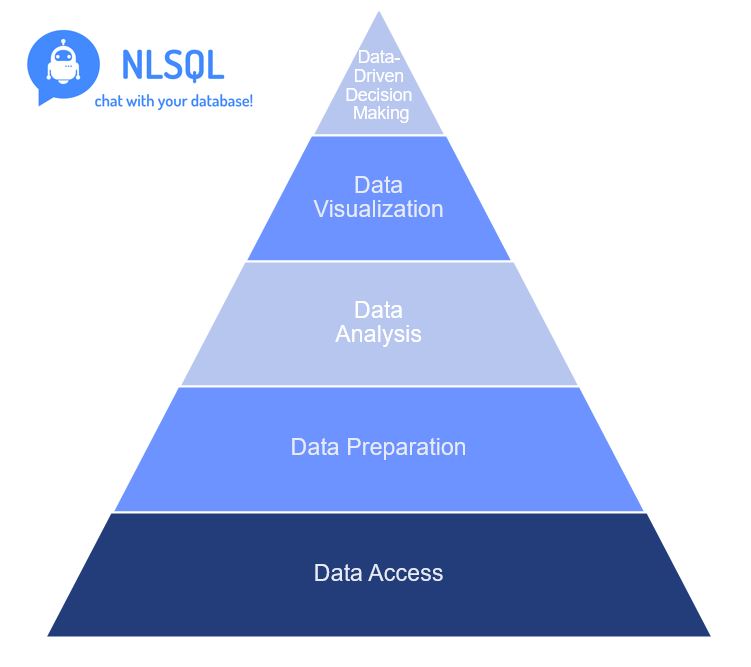What is the Data Analytics Hierarchy Process of Needs?
Data analytic hierarchy process (DAHP) is a variation of the Analytic Hierarchy Process (AHP) that specifically involves the use of data analytics in the decision-making process. DAHP involves applying data analytics techniques and tools to the data related to the decision problem in order to extract insights and inform the decision-making process.
In DAHP, the data related to the decision problem is first collected and analyzed in order to identify relevant trends, patterns, and relationships. This data is then used to inform the development of the hierarchy of subproblems and the evaluation of the options within each subproblem.
DAHP can be useful in situations where there is a large amount of data available that needs to be analyzed and synthesized in order to inform the decision-making process. It can also be useful for making data-driven decisions when the data itself is a key factor in the decision. DAHP can be applied to a wide range of decision-making problems, including those related to business, finance, healthcare, and other areas.
The Data Analytics Hierarchy of Needs is a conceptual framework that describes the stages of development that an organization goes through as it progresses in its ability to effectively use data analytics. The hierarchy is often represented as a pyramid, with the lower levels representing the foundation of an organization's data analytics capabilities and the higher levels representing more advanced capabilities.
The five levels of the Data Analytics Hierarchy of Needs are:
Data Access: This is the most basic level of the hierarchy, and it refers to an organisation's ability to access the data it needs to perform data analytics. This includes the ability to collect, store, and retrieve data from various sources.
Data Preparation: The next level of the hierarchy is data preparation, which involves cleaning, transforming, and enriching the data to make it ready for analysis. This step is often the most time-consuming and labour-intensive part of the data analytics process.
Data Analysis: Once the data is prepared, the organization can move on to the next level of the hierarchy, which is data analysis. This involves using statistical and mathematical techniques to identify patterns, trends, and relationships in the data.
Data Visualization: The fourth level of the hierarchy is data visualization, which involves using graphical and visual representations of data to help users better understand and interpret the insights derived from the data analysis.
Data-Driven Decision-Making: The final and most advanced level of the hierarchy is data-driven decision-making, which refers to the use of data analytics to support business decisions and actions. This involves using the insights derived from data analysis to inform business strategy, operations, and other critical decisions.
Overall, the Data Analytics Hierarchy of Needs provides a useful framework for understanding the different stages of development that an organization goes through as it builds its data analytics capabilities. By following the hierarchy and progressing through each level, organizations can develop a strong foundation for data-driven decision-making and gain a competitive advantage in today's data-driven world.
More:
10 ways BI tools to improve Analytics Hierarchy Process

